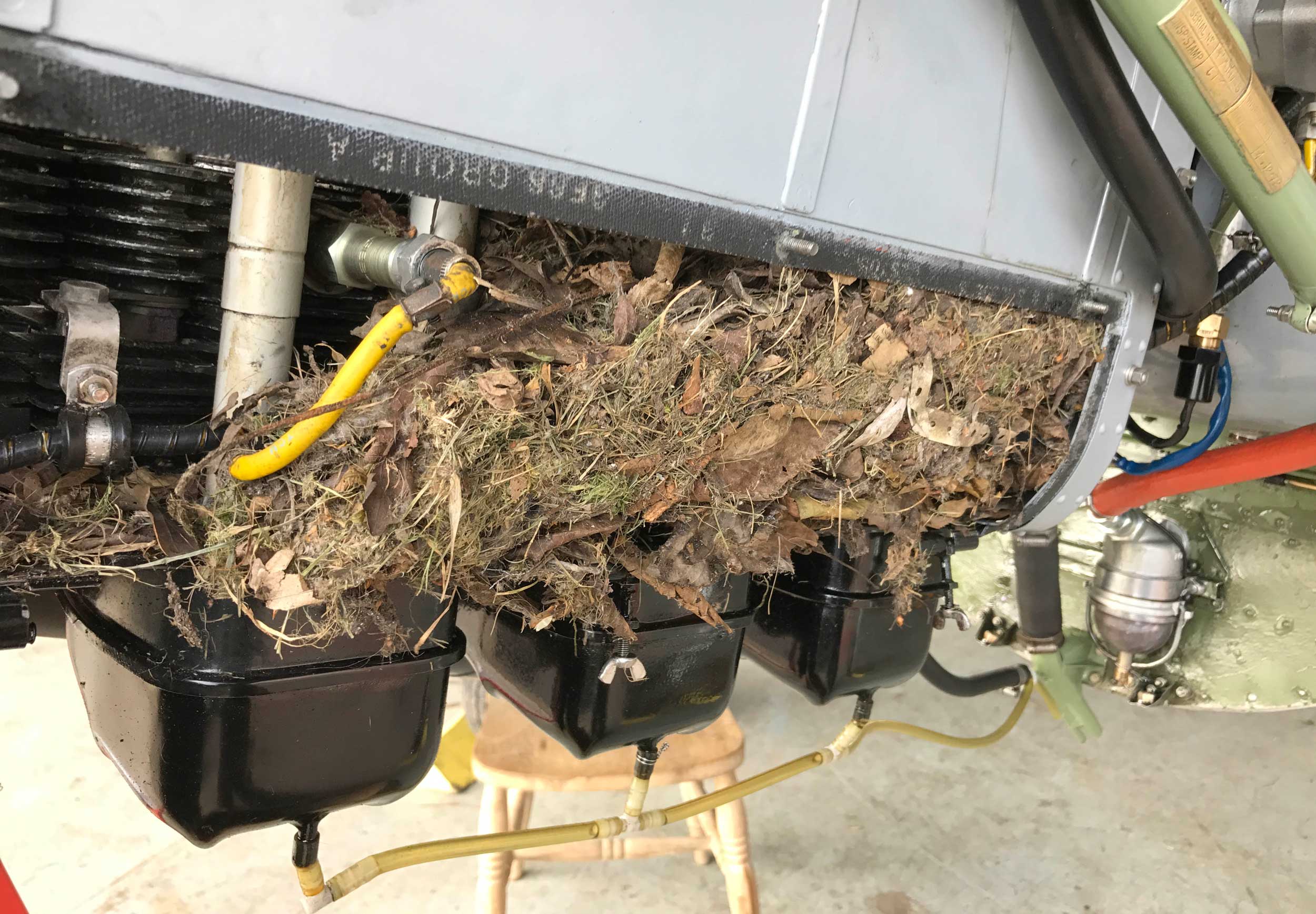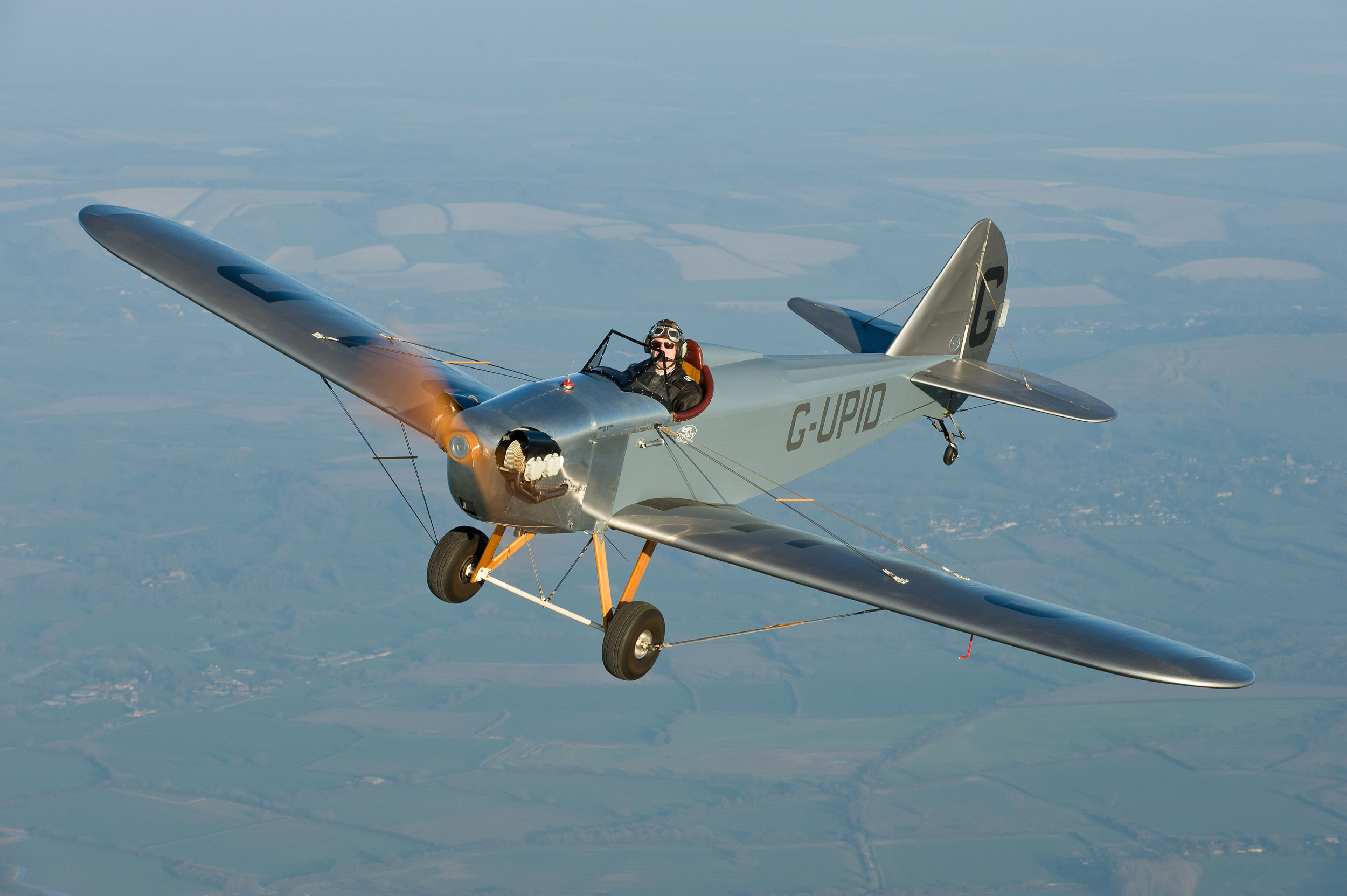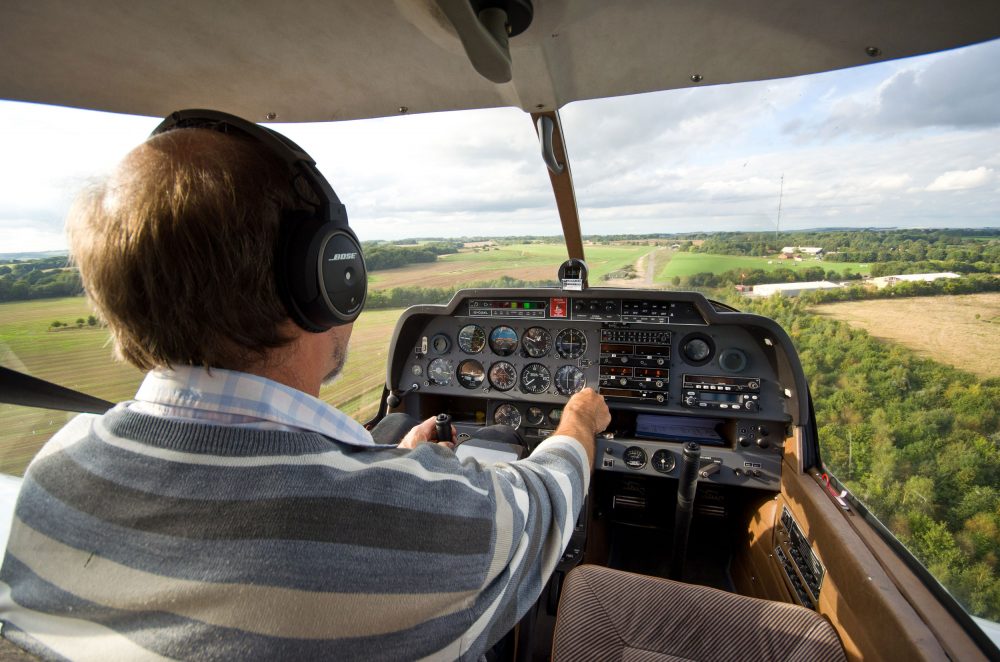The CAA has produced advice and guidance for when General Aviation and recreational flying can start again.
It’s reprinted below (and can be found here):
Safety advice and tips for pilots returning to GA flying post COVID-19
For many pilots when they return it may be their longest break from flying. Due to the restrictions there will also have been significant impacts on the aviation infrastructure that will mean it may be very different from the start of a normal flying season. Below we’ve put together some tips and advice to help pilots return to the skies safely. They may not be applicable to everyone but provide an overall starting point for pilots as they resume flying.

Remove animal nests before flight! Seriously, thoroughly check over the aircraft. Photo: LAA
Pre flight:
- Do a thorough inspection of the aircraft – including checking for wildlife and hangar rash -and do a thorough fuel sample check
- If the aircraft hasn’t flown for some time you could drain and replace the fuel. Also, look for degradation of mechanical (or electrical) components, ranging from the engine to the instruments and brakes, including loss of lubrication and corrosion build-up, battery condition, (wooden) propeller security due to temperature and/or humidity changes, etc
- Check with your engineer/inspector what return to service checks should be carried out for your particular aircraft. You can ask for an out-of-sequence ‘post-lay-up’ check (i.e. even if one is not scheduled on either a calendar or an hours basis)
- Check the airfield infrastructure – there may have been no one on site for several weeks or unauthorised people may have moved or damaged facilities. For example, has the windsock being damaged or removed? The grass might not have been cut which could significantly affect your take-off distance
- Are your licences valid? – check you meet currency requirements and understand what the COVID licence exemptions cover (caa.co.ukcap1913). And exemptions for the flying display community
- Do you plan to use a LARS service or enter controlled airspace? – many ATC units will take some time to come back up to normal capacity, so it’s best not to expect a service beyond a Basic one for LARS. Also, consider filing a flight plan if you plan to request entry to a CTA/CTR to notify your intentions to an air traffic unit which may be operating close to its capacity
- Check NOTAMS – there are still a variety of low-level COVID support flights taking place and short-term airspace restrictions. It’s much easier to check using an online system
- Check cockpit devices – are batteries charged and is the software up to date in, for example, airspace alerting devices and moving maps. Remind yourself how to use electronic cockpit devices before you get airborne rather than be distracted in flight, especially if the software has been updated since your last flight
- Remember recent major airspace changes – for example Farnborough https://airspacesafety.com/wp-content/uploads/2020/02/Farnborough_CAS_A4_v9_ASI.pdf
- Planning for emergencies – engine failures, bad weather, etc. Are you fully up-to-speed on what you would do and any checklists you would use?
- Consult with a flight instructor – do this online or on the phone if you can’t do this in person
- Check that you know any specific local airfield or club procedures

Remember to practice social distancing when you fly. Photo (and top): Ed Hicks
The flight:
- Use checklists – they will help you remember the everyday vital tasks that can be easily missed
- Passengers – would you be more comfortable initially flying solo or with another pilot? (subject to general COVID advice). Passengers could be a distraction. Remember, recency requirements for carrying passengers (including the ’90 day rule’) still apply
- Airspace infringements – there is normally a spike in numbers at the start of the flying season. Use all the advice at airspacesafety.com and use a GPS with a moving map and / or an alerting device
- Ask for help – if you need them, the Distress and Diversion cell is open and ready to assist. And any reduction in LARS or other ATC will not affect their willingness to help in an emergency
This information covers aviation safety advice. For general COVID information, including decisions on whether to fly or travel to your airfield and social distancing requirements, please consult gov.uk.
Many of the GA associations and representative bodies are producing safety advice for their sector of GA which we would recommend you use.
If you are intending to modify your aircraft as a result of COVID (for example installing protective screens) then please consult with your airworthiness approval organisation first.
Specific aviation COVID advice and information is available at https://www.caa.co.uk/Our-work/Newsroom/COVID-19-guidance-for-commercial-and-recreational-aviation/















3 comments
Too bad there is no mention of arrangements around a club checkout… most will not satisfy the 31-day club currency requirement, and going up with an instructor may not (yet) be possible…
Doesn’t seem to mention how to socially disdance in a light aircraft cockpit
Would a short check ride with an instructor both wearing face masks be allowed?